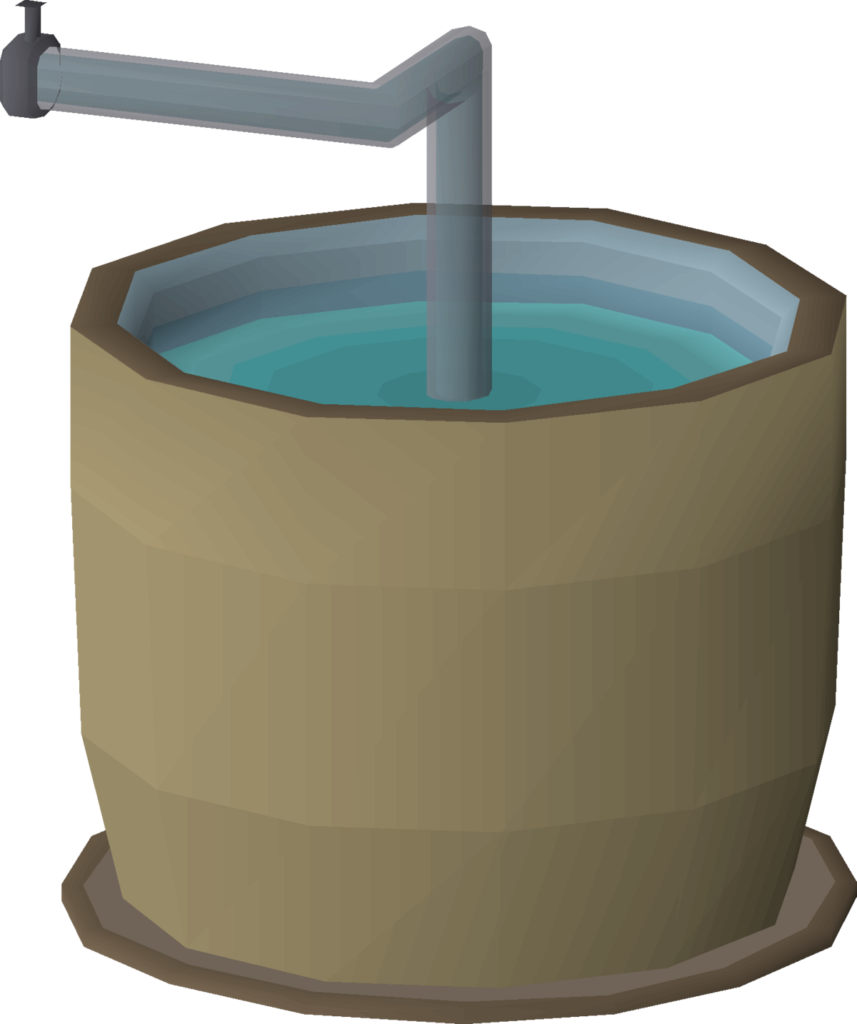Vulvaplasty stands as a testament to the advancements in surgical techniques aimed at enhancing the anatomical aesthetics and functionality of the vulvar area. This procedure is meticulously designed to address and rectify concerns associated with excess peri vulvar skin, ensuring a harmonious and symmetrical appearance.
Surgical Procedure Overview
Vulvaplasty involves the precise surgical removal of superfluous skin folds surrounding the vulvar region. The operation is characterized by the careful excision of this redundant skin, which is then surgically removed, culminating in an improved aesthetic outcome and potential relief from associated discomforts.
Clinical Indications and Benefits
The decision to undergo vulvaplasty often stems from both aesthetic desires and medical necessities. This section will delve into the conditions that warrant the procedure, such as discomfort during physical activities or the presence of dermatological issues, and the benefits that patients can expect post-surgery, including enhanced comfort and self-esteem.
Postoperative Care and Recovery
Successful recovery from vulvaplasty necessitates adherence to a comprehensive postoperative care plan. This involves detailed guidance on wound care, activity restrictions, and potential signs of complications, ensuring a smooth and effective healing process.
Technological Innovations in Vulvaplasty
The landscape of vulvaplasty has been dramatically transformed by technological advancements. Innovations such as laser therapy and radiofrequency treatments have introduced less invasive options, offering reduced recovery times and minimized scarring. This 200-word section will explore how these cutting-edge technologies are employed in modern vulvaplasty procedures, highlighting the benefits of precision, reduced discomfort, and improved cosmetic outcomes. By integrating technology, surgeons can achieve more refined results, ensuring patient satisfaction and safety.
Comparative Analysis of Vulvaplasty Techniques
| Technique | Invasiveness | Recovery Time | Aesthetic Outcome | Long-term Satisfaction |
|---|---|---|---|---|
| Traditional Surgical | High | Longer | High | High |
| Laser-Assisted | Medium | Moderate | Very High | Very High |
| Radiofrequency-Assisted | Low | Short | High | Moderate |
This table provides a concise comparison of the various techniques employed in vulvaplasty, evaluating them across different parameters. It showcases the evolution from traditional methods to newer, less invasive techniques, emphasizing the trade-offs between invasiveness, recovery period, aesthetic results, and patient satisfaction over time.
Postoperative Care and Recovery
Effective recovery from vulvaplasty hinges on diligent postoperative care. This involves managing discomfort, ensuring proper wound healing, and gradually resuming physical activities. A 200-word discussion here would cover the critical aspects of post-surgery care, including pain management strategies, the importance of follow-up appointments, and tips for promoting optimal healing. The section aims to equip patients with knowledge and practices that lead to a smooth and speedy recovery, emphasizing the role of patient engagement in the recovery process.
Psychological Impact and Patient Satisfaction
The decision to undergo vulvaplasty often carries profound psychological implications. This section will delve into the emotional journey of patients pre- and post-surgery, addressing the impact on self-esteem, body image, and sexual well-being. Drawing on patient testimonials and clinical studies, it would discuss how vulvaplasty can lead to significant improvements in psychological health and overall quality of life, reinforcing the importance of considering patient satisfaction and mental health outcomes in evaluating the success of cosmetic surgical interventions.
Conclusion
Vulvaplasty represents a significant surgical advancement, offering individuals the opportunity for physical and psychological improvement through cosmetic correction. Its role in addressing and alleviating both functional and aesthetic concerns underscores its value within the surgical field.



